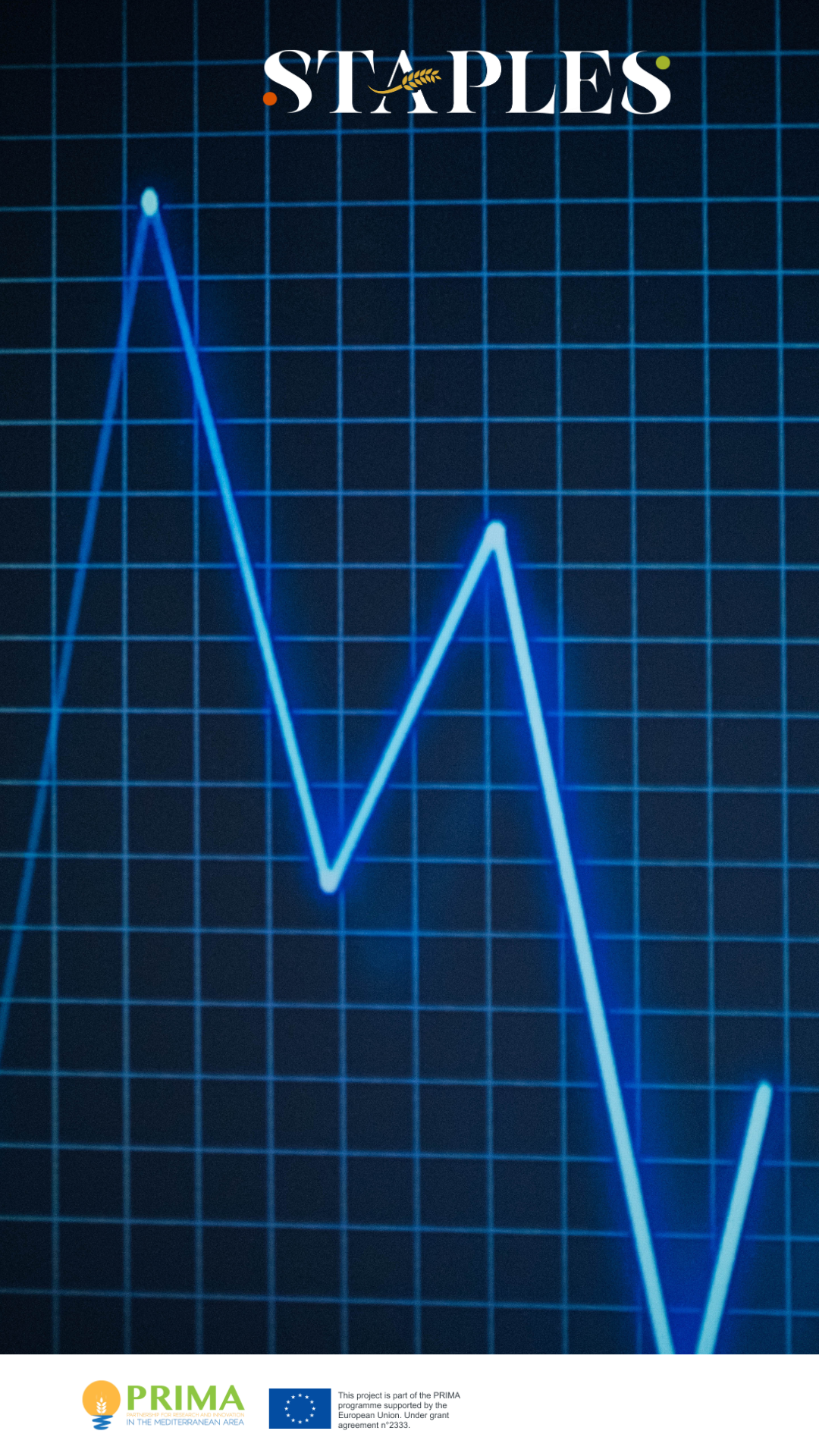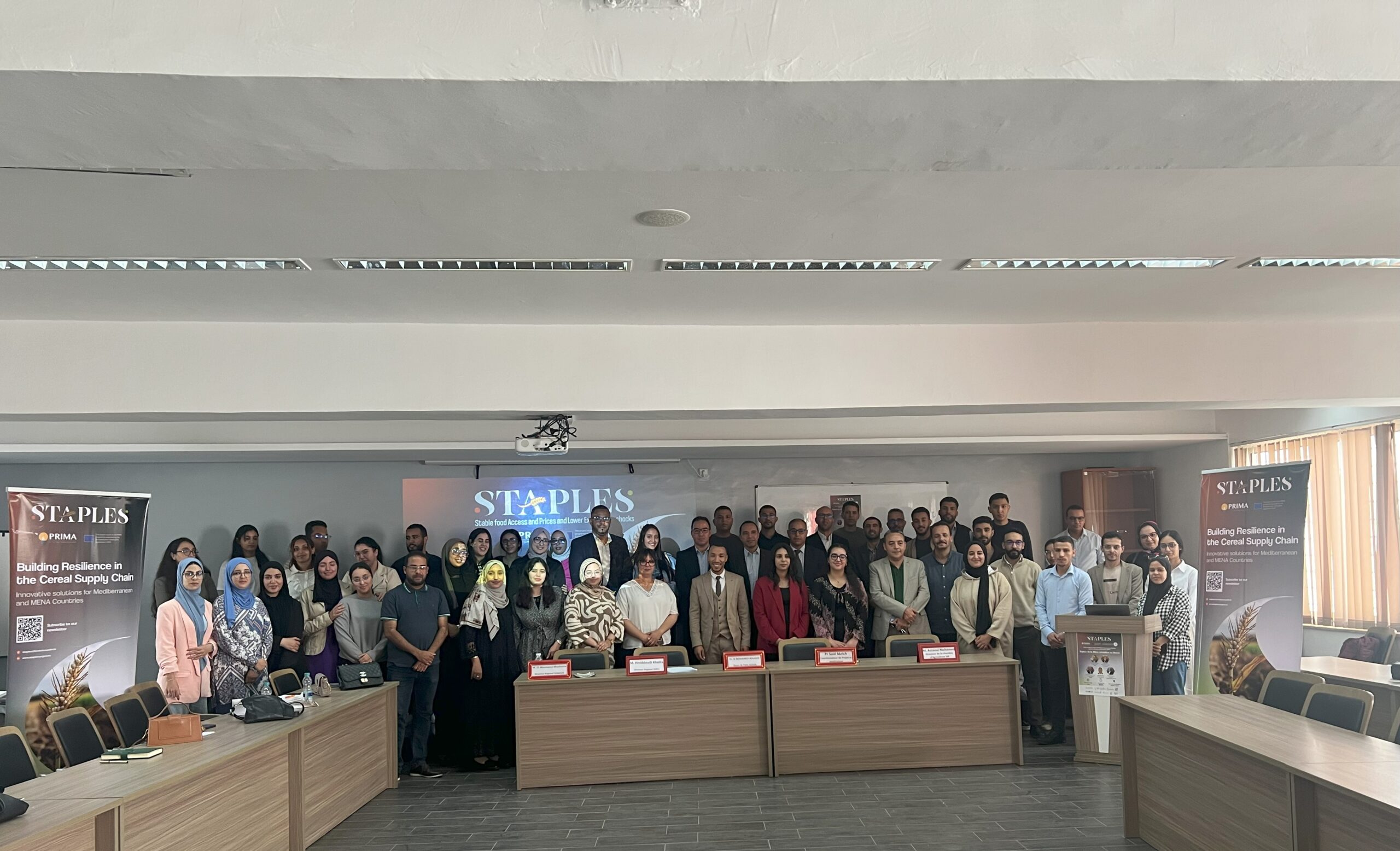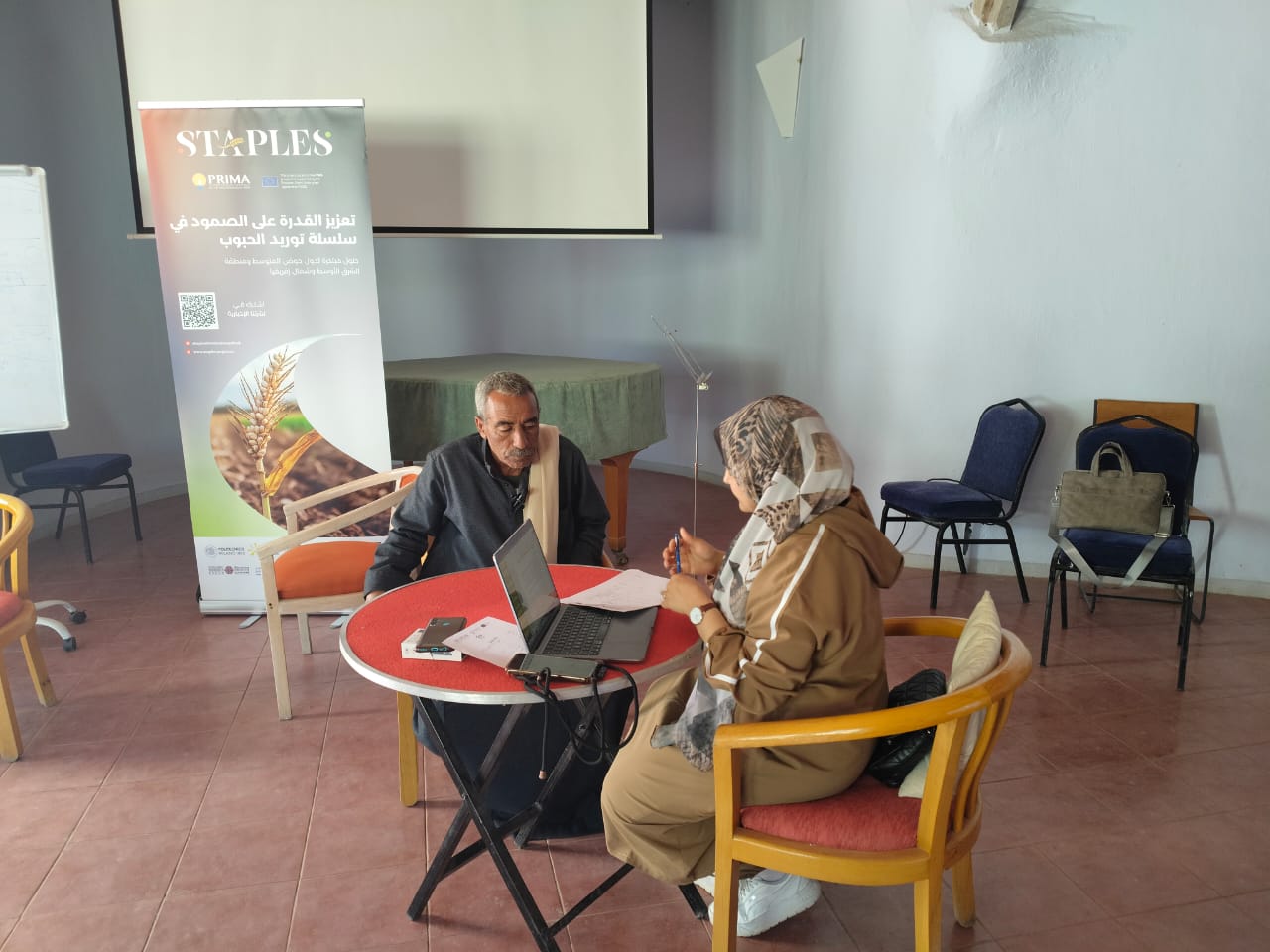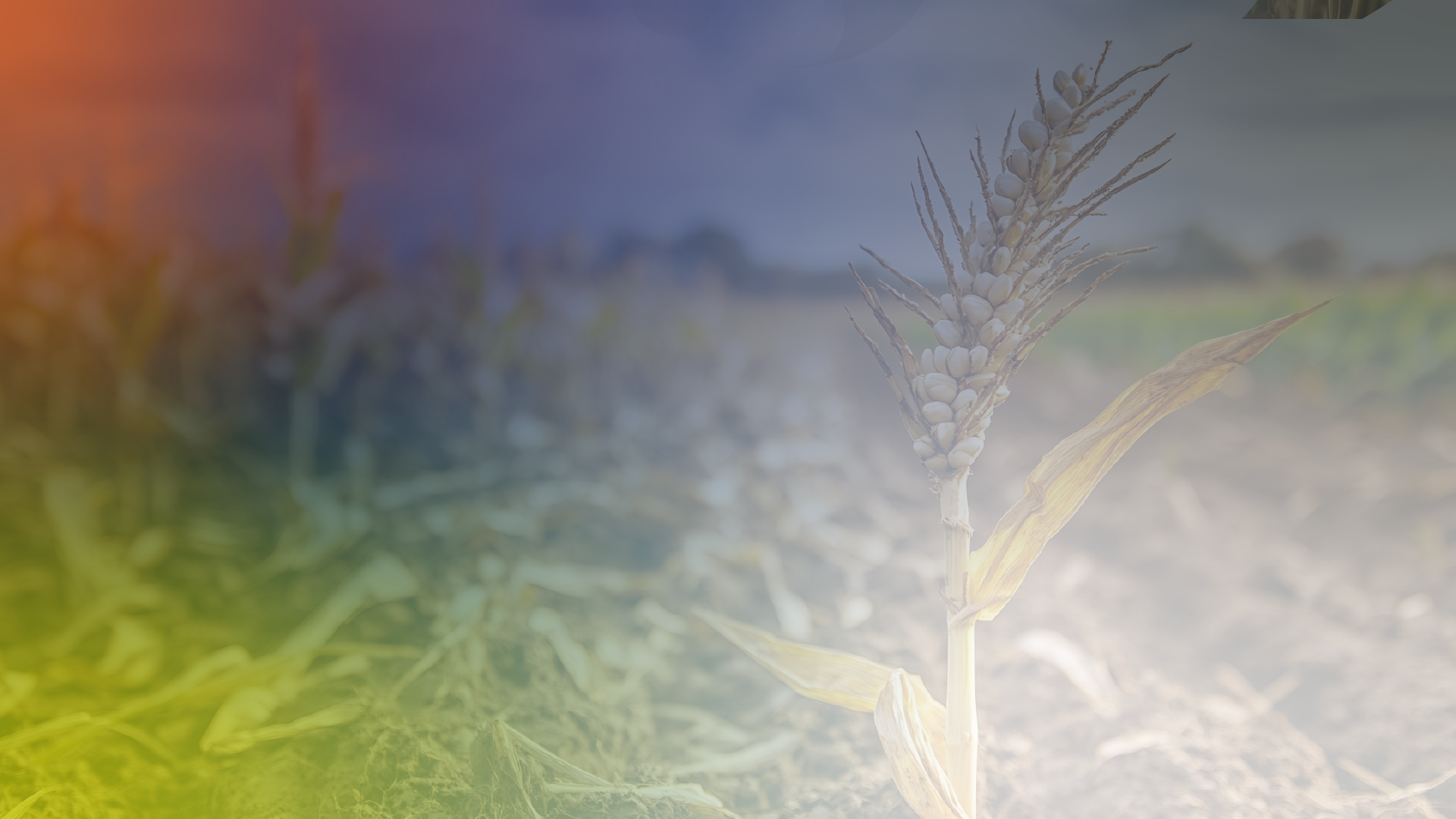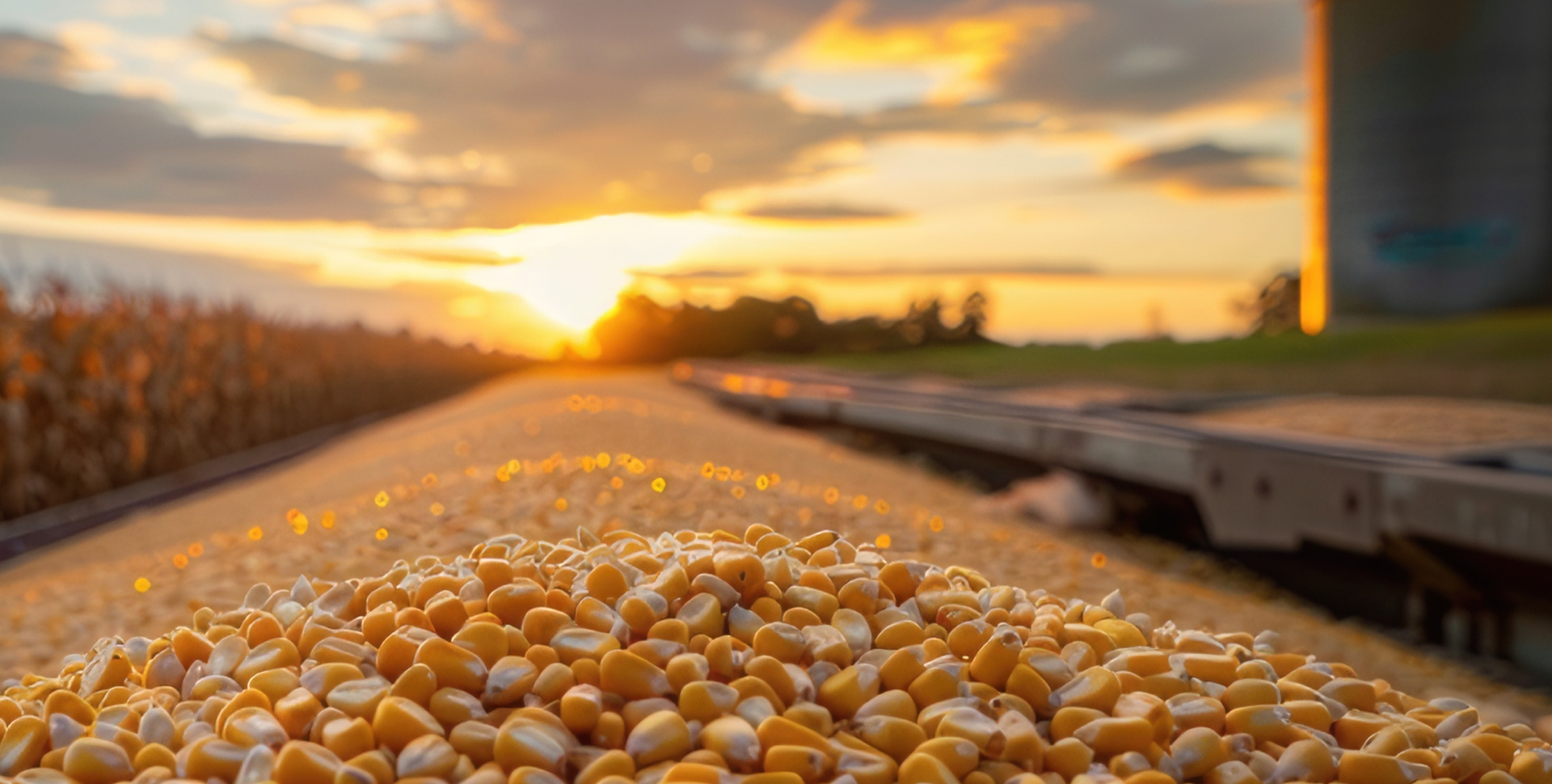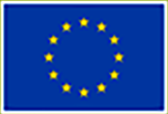The first year of the STAPLES project marked an important step in understanding food system vulnerabilities and identifying opportunities for resilience in the MENA region. From analysing trade flows and mapping traditional cereals to engaging stakeholders and preparing in-depth fieldwork, the project has laid a solid foundation for future action. In this article, we present an overview of the most significant achievements and insights from Year 1.
Mapping MENA countries trade flows and challenges
A closer look at trade flows in MENA countries showed a heavy reliance on cereal imports to meet local demand. The analysis covered both recent and historical trade data, focusing on 4 key cereals: wheat, maize, barley, and rice. It also considered important factors influencing the global supply chain, including trade agreements, tariffs, and non-tariff measures. Several major causes of disruptions have also been identified, such as logistics challenges and conflicts that can impact both supply stability and prices. These shocks can affect MENA countries even when they happen in far-off regions, especially if those areas are key trade partners or crucial links in the global cereal supply chain. All of this puts MENA’s food security at risk, highlighting the need for resilient, region-focused trade policies.
Mapping of traditional rainfed cereals
The Mediterranean region is particularly vulnerable to climate change, which is leading to increasing temperatures, water scarcity, and more frequent extreme weather events. Traditional cereals are often characterized by higher drought resistance than mainstream cereals and can play a key role in strengthening local food systems.
The project is mapping cereals in Morocco and Egypt with a focus on traditional, drought-resistant cereals. Ultimately, the goal is to generate recommendations, supporting policies and practices that promote these resilient crops as a viable alternative in a changing climate.
Stakeholder mapping
As part of its collaborative approach, the STAPLES project has developed a stakeholder database with input from all partners. At present, the database includes 97 stakeholders, primarily from Egypt and Morocco, with additional representation from Spain, Tunisia, and Algeria. The stakeholders reflect a diverse mix of actors involved in the project, including: public agencies and authorities; farmers’ associations and cooperatives; international organizations; universities and research centers.
Planning the Fieldwork
A comprehensive fieldwork plan has been carefully designed to ensure robust data collection while actively involving key actors across the grain value chain.
The field activities will include:
- Over 200 interviews with farmers, policymakers, and supply chain stakeholders
- More than 10 workshops to collect information, validate findings, and disseminate results.
- Two dedicated surveys, tailored for farmers and agri-food companies.
- A series of public events aimed at sharing results and raising awareness.


